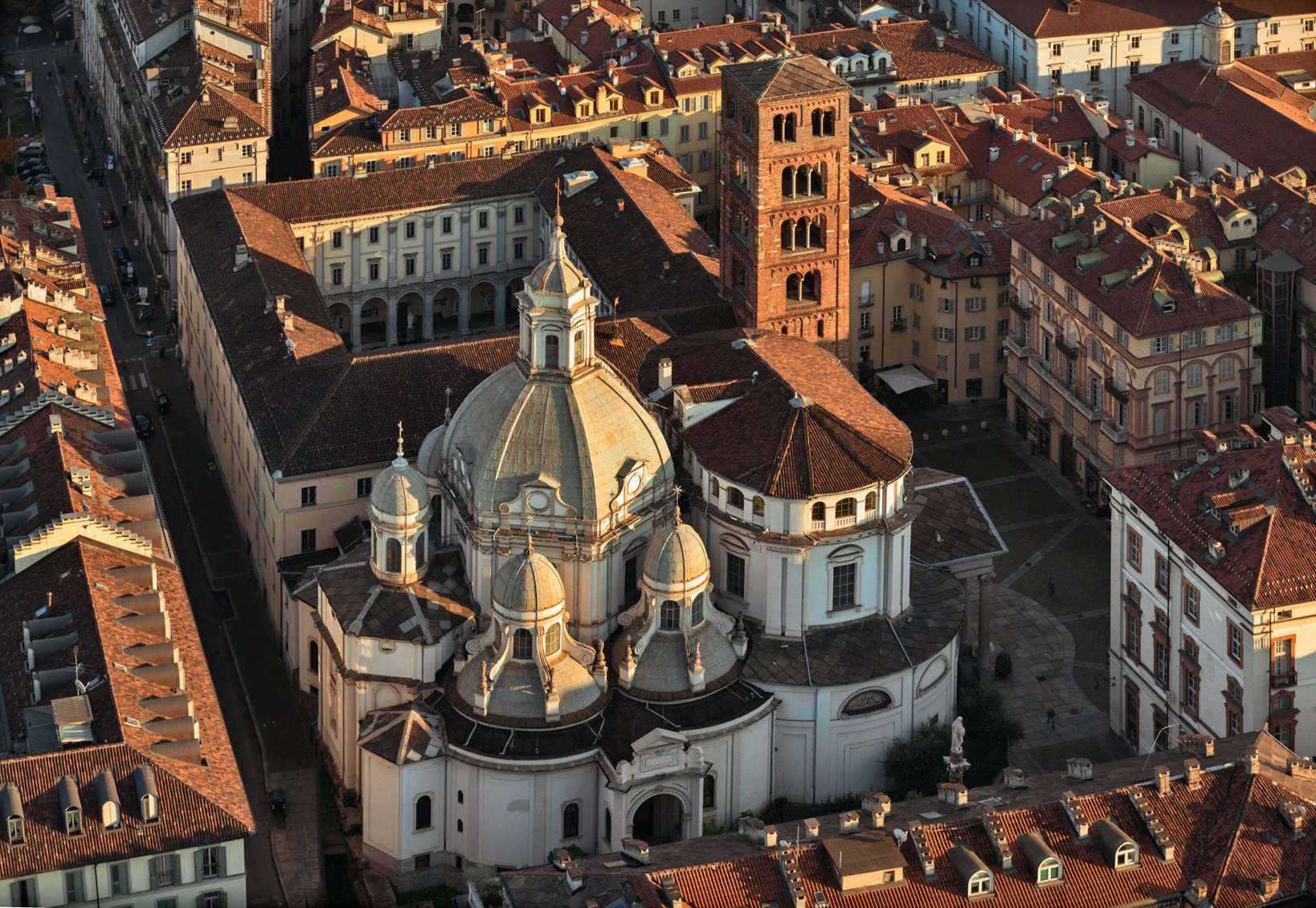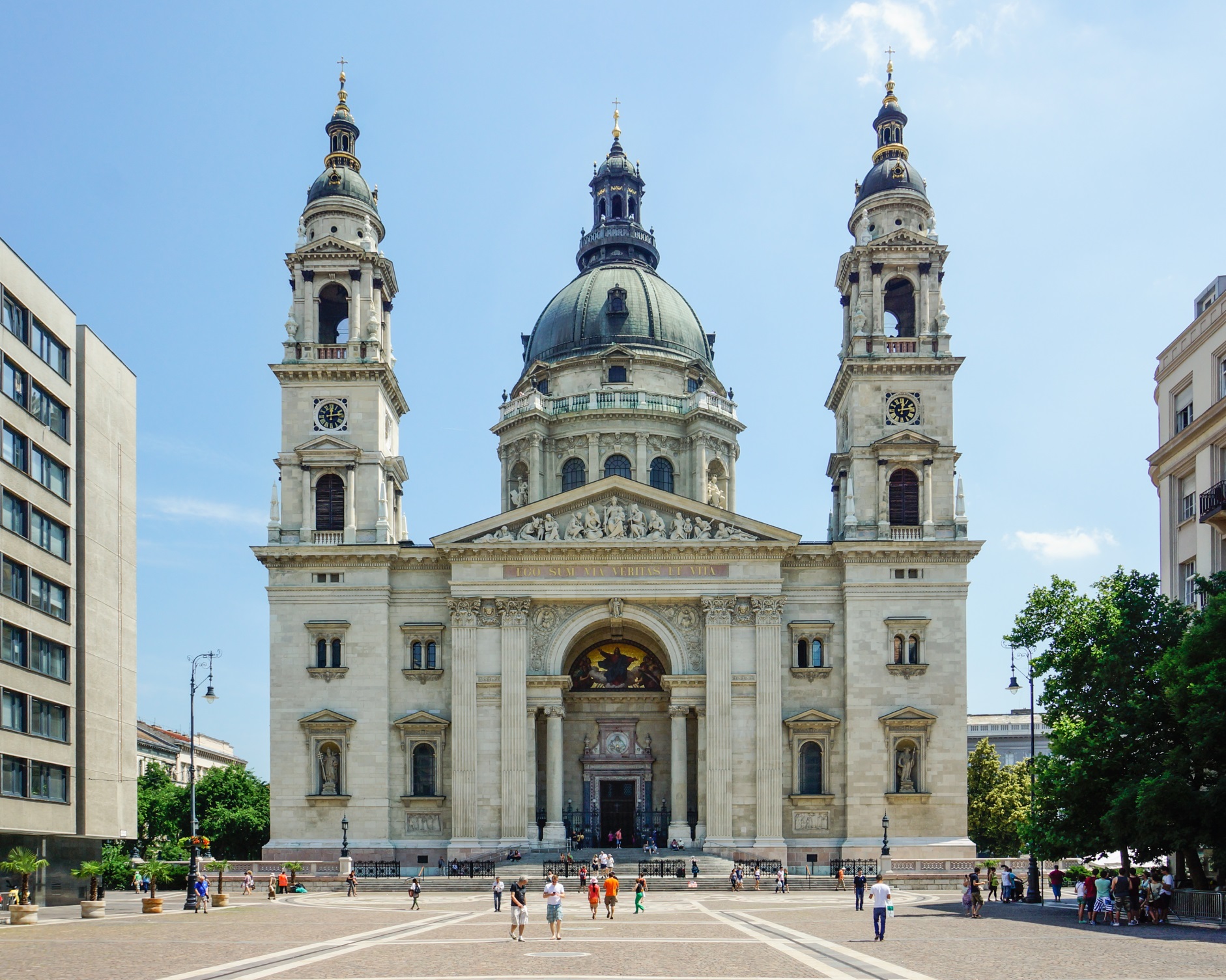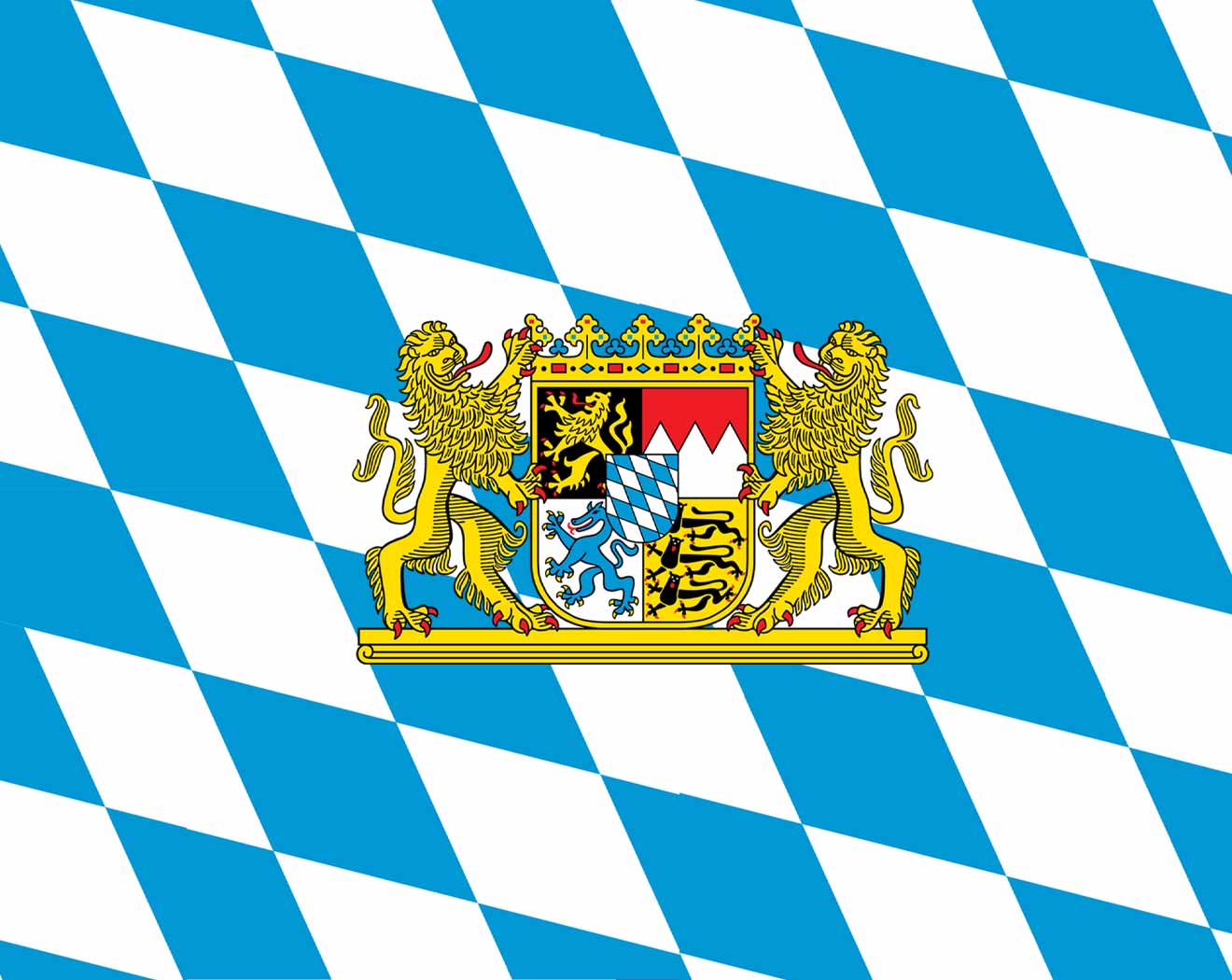
漢德百科全書 | 汉德百科全书

The Walhalla is a hall of fame that honors laudable and distinguished people in German history – "politicians, sovereigns, scientists and artists of the German tongue";[1] thus the celebrities honored are drawn from Greater Germany, a wider area than today's Germany, and even as far away as Britain in the case of several Anglo-Saxons who are honored. The hall is a neo-classical building above the Danube River, east of Regensburg in Bavaria.
The Walhalla is named for the Valhalla of Norse Paganism. It was conceived in 1807 by Crown Prince Ludwig in order to support the gathering momentum for the unification of the many German states. Following his accession to the throne of Bavaria, construction took place between 1830 and 1842 under the supervision of the architect Leo von Klenze. The memorial displays some 65 plaques and 130 busts covering 2,000 years of history, beginning with Arminius, victor at the Battle of the Teutoburg Forest in 9 AD.
Le Walhalla est un temple néo-dorique en marbre situé à Donaustauf au bord du Danube, à 10 km en aval de Ratisbonne, en Bavière, Allemagne.
Ce monument imposant fut édifié dans la vallée du Danube entre le 18 octobre 1830 et le 18 octobre 1842 dans un site imposant, par l'architecte Leo von Klenze pour le compte du roi Louis Ier de Bavière. Ce dernier voulait en faire le mémorial (le Walhalla constitue le séjour des héros dans la mythologie nordique) des hommes et des femmes qui illustrèrent la civilisation allemande.
Le mémorial se visite et on peut y voir à l'intérieur 129 bustes de personnalités allemandes ou d'autres nationalités de langue germanique. Du péristyle on a une vue sur la courbe du Danube, les ruines du château de Donaustauf et les flèches de la cathédrale Saint-Pierre de Ratisbonne.
Il Walhalla è un tempio neoclassico ubicato nei pressi di Ratisbona, su una collina posta lungo le sponde del Danubio.
Il vasto complesso fu voluto dal re Ludovico I di Baviera, che volle incarnare in un'architettura la tradizione nordica del Valhalla, ovvero del luogo in cui si riunivano le anime degli eroi deceduti in guerra.
L'edificio, che doveva servire per ospitare busti e tavole commemorative di personaggi importanti della storia e della cultura della Germania, fu progettato da Leo von Klenze sulla base di un concorso indetto nel 1814. I primi progetti furono rielaborati tra il 1819 ed il 1821, mentre i lavori furono portati a termine tra il 1830 ed il 1842.
Tra le tavole commemorative ed i busti collocati al suo interno si ricordano ad esempio quelli di uomini di stato, come Otto von Bismarck, scienziati, come Albert Einstein e Carl Friedrich Gauss, musicisti, come Johann Sebastian Bach, Wolfgang Amadeus Mozart, Richard Strauss, Ludwig van Beethoven e Richard Wagner, poeti, come Johann Wolfgang von Goethe, artisti, come Hans Holbein, Peter Vischer il Vecchio, nonché di altre personalità, come Martin Lutero, Sophie Scholl, Immanuel Kant, Josef Radetzky ed altri.
Dal punto di vista architettonico, il monumento è costituito da un tempio periptero in stile dorico, ispirato al Partenone e posto su un possente basamento al quale si accede mediante ampie scalinate. La costruzione richiama in maniera straordinaria al monumento ideato da Friedrich Gilly per Federico il Grande, ma von Klenze conferisce all'opera un'impronta più romantica per la presenza al suo interno dei suddetti busti e di un bassorilievo che illustra la storia della Germania.
El Walhalla toma su nombre de la mitología nórdica y es un imponente templo neoclásico cuyo propósito es servir de monumento y salón de la fama para "alemanes laureados y distinguidos" (en realidad, germánicos, porque hay austríacos, suizos, neerlandeses, bohemios, etc.) levantado a orillas del Danubio a 6 kilómetros al este de Ratisbona, en Baviera, Alemania.
Fue concebido por el Rey Luis I de Baviera (el abuelo de Luis II) y construido entre 1830 y 1842 bajo diseños de Leo von Klenze, que también fue responsable del Befreiungshalle, también cerca de Ratisbona sobre el Danubio. El Walhalla debe su nombre al salón de los dioses de la mitología germánica (y nórdica) siendo el equivalente al Olimpo griego. Es una copia perfecta del Partenón de Atenas, sostenido por 52 columnas dóricas1 En su interior alberga bustos de 130 personas ilustres cubriendo 2000 años de historia. El más antiguo es Arminio, victorioso en la Batalla del bosque de Teutoburgo en el año 9 D.C.
Вальха́лла (нем. Walhalla) — зал славы выдающихся исторических личностей, принадлежащих к германской культуре, расположенный на левом берегу Дуная в 10 км к востоку от города Регенсбурга (Бавария, Германия). Согласно скандинавской и немецкой мифологиям Вальхалла — место посмертного обитания павших в битве героев, доставляемых туда воинственными девами — Валькириями. Здание в стиле неоклассицизма, представляющее собой копию древнегреческого храма, было построено архитектором Лео фон Кленце, известным в России возведением здания Нового Эрмитажа в Петербурге. Размеры Вальхаллы почти совпадают с размерами Парфенона афинского Акрополя, длина составляет 48,5 м, ширина — 14 м и высота — 15,5 м.[1]

 建筑艺术
建筑艺术


 宗教
宗教

 音乐
音乐

 华盛顿哥伦比亚特区
华盛顿哥伦比亚特区
 柏林州
柏林州


 法兰西岛
法兰西岛

 皮埃蒙特大区
皮埃蒙特大区


 纽约州
纽约州


 巴伐利亚州
巴伐利亚州